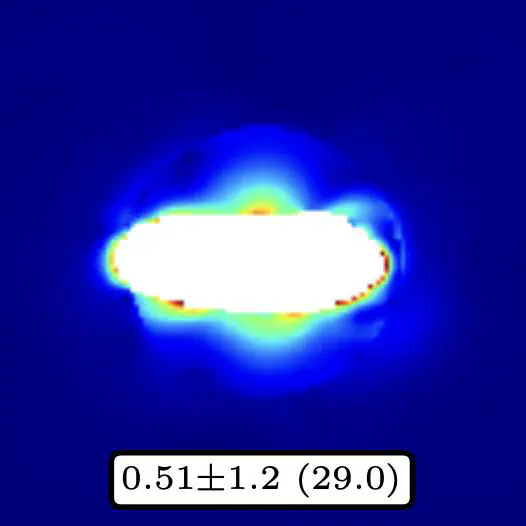Analysis of Small-Body Gravity Field Estimation using Physics-Informed Neural Networks and Kalman Filters

Abstract
Gravity field estimation is a problem of increasing importance for small-body exploration. Specifically, the gravity fields of celestial bodies like asteroids and comets are often poorly characterized upon first approach, and engineers and scientists require lengthy mission phases dedicated to the construction of a more accurate gravity field model before attempting increasingly ambitious orbits or manuevers. Traditionally these gravity characterization periods rely on advanced orbit determination pipelines which are used to estimate the spacecraft state as well as low degree and order coefficients of a spherical harmonic gravity model. This research proposes an alternative gravity estimation framework which leverages a powerful new gravity model: the Physics-Informed Neural Network (PINN) gravity model. PINN gravity models alleviate many of the inconveniences of past gravity representations such as divergence at the surface of the body (spherical harmonics), assumptions for the internal density profile of the body (polyhedral), and computational inefficiency (many). Moreover, the PINN gravity model has demonstrated greater sample efficiency than spherical harmonics, generating more accurate gravity representations from fewer and noisier measurements. Such characteristics make the PINN gravity model a desirable representation to be used online in small-body contexts, however no literature exists which discusses how this novel representation can be embedded into traditional filtering frameworks flown today. This work aims to fill this implementation hole, specifically exploring how the PINN gravity model can be used in conjunction with or embedded directly within Kalman filters. This work leverages simulated spacecraft data to train a PINN in an online manner compatible with current filtering techniques. This research also investigates various design choices including how frequently the PINN gravity model should be updated to ensure safe and productive learning, as well as highlights advantages and tradeoffs of transitioning to this new representation.